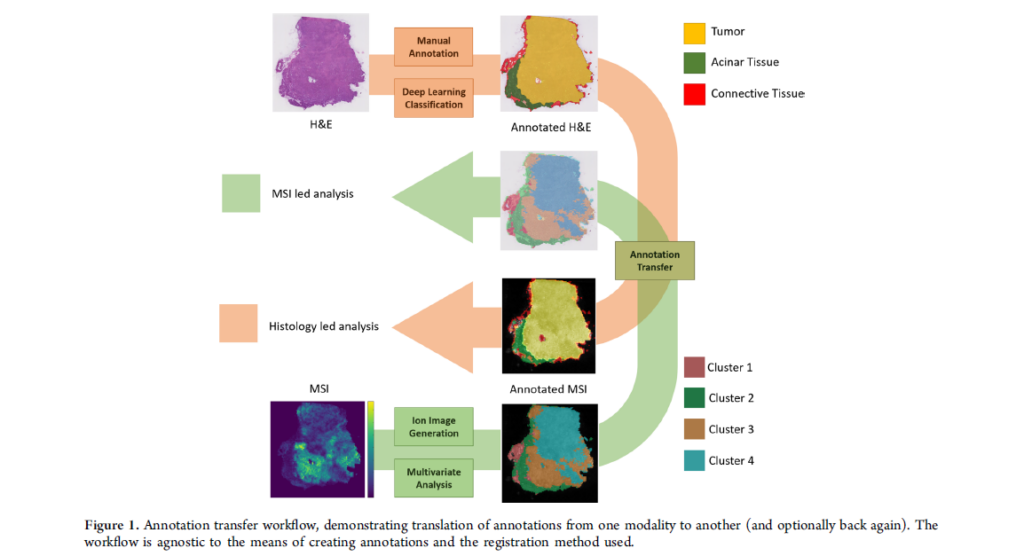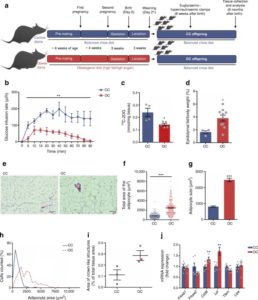Mechanical regulation of glycolysis via cytoskeleton architecture
Jin Suk Park,et al, Nature, 2020.
Park and colleagues explored the question of how regulation of glycolysis responds to structural changes in tissue architecture and chose lung cells and tissue for their studies due to the regular mechanical stress experienced during respiration. In vitro studies demonstrated downregulation of glycolysis following a change in substrate via the degradation of the platelet isoform of the phosphofructokinase (PFKP) enzyme. In vitro studies also showed that oncogenic transformation changed the ability of PFKP expression to change in response to mechanical stress. The researchers corroborated this result with in vivo work by performing immunohistochemical assays on control and malignant tissue cores from bronchi of lung cancer patients. The HALO Tissue Classifier Add-on was used to classify epithelium, stroma, and tumor within the tissue cores and the Cytonuclear IHC module was used to quantify cytoplasmic PFKP staining in bronchial epithelium.
Mechanical regulation of glycolysis via cytoskeleton architecture Read More »









